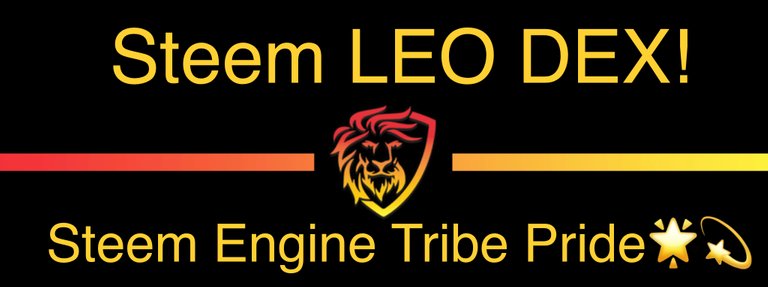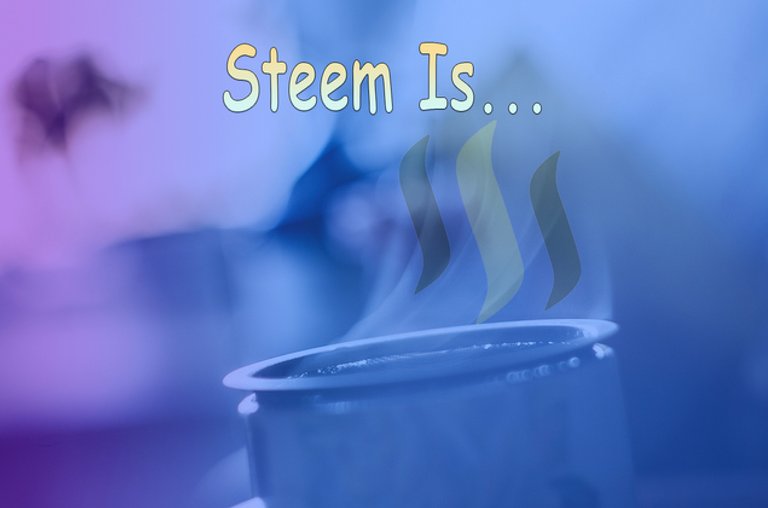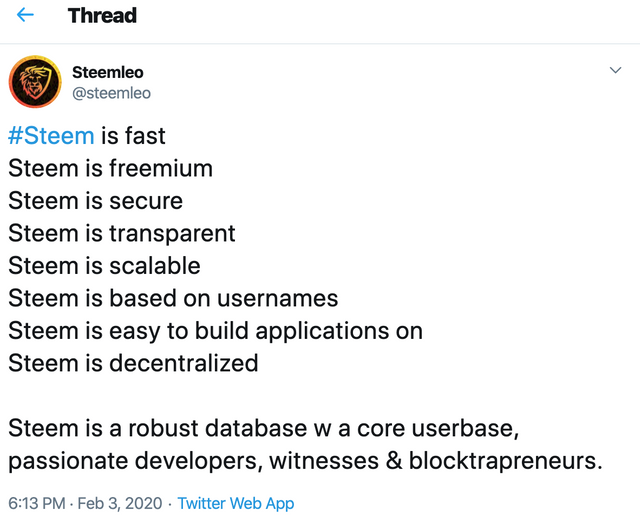Using a Tokenized Asset Portfolio by Fluidity, the Maker DAO Decentralized Finance platform and a unique arbitrage opportunity.
I have been researching the application of the blockchain to finance, with a focus on Tokenization. Part of my research has included studying a finance platform called Fluidity.io . Today while looking for further examples of Tokenization uses in finance and commerce I found an article from Forbes Magazine link, which led me to an article in Harvard Business Review link, which lead me to an article by Fluidity detailing the Pilot Project to create a Tokenized Asset Portfolio.
The articles are filled with loads of good information, including the various components necessary to create this project; legal, accounting, securities and the use of the Ethereum blockchain, it’s smart contracts and the Maker DAO platform. This concept of Tokenized Asset Portfolios uses decentralized financing platform the MakerDao to recreate the traditional bank model of duplicative cash backed loans, the core business and income stream for banks via non-fungible stable coins backed not by cash, but by something more widely traded, US Treasuries. The process has already been laid out; You use fiat to buy treasuries, creating a Special use vehicle to be the custodian and guarantee they are securely held, use these securities to collateralize the creation of Ethereum ERC Tokens, this wraps the treasury securities in a digital wrapper, creating a tokenized asset portfolio out of your treasury securities. These Ethereum ERC Tokens are pledged to the Decentralized Bank the MakerDao on the Ethereum blockchain as an asset to establish a line of credit in Dai. Then the recipient of the line of credit can draw down on the line of credit to obtain MakerDao tokens know as Dai, at an interest rate of 1%, then the recipient exchanges the Dai for fiat currency, loaning out this fiat to clients in the form of loans, allows the creation of an arbitrage situation just like banks and creates the chief stream of income for this whole concept.
This sounds a bit convoluted, but it basically means using fiat to buy treasuries, tokenize the securities to create Ethereum ERC Tokens, use the tokens as collateral for a low interest a line of credit, use this inexpensive money to fuel a lending business, earning money off the difference in interest rates.
Why? Good question.
In this example we used fiat to buy treasuries, tokenized the treasuries and used the Tokens to collateralize a low interest loan. This allows us to keep the treasuries but to access the equity or value of the treasuries for other business ventures. Thus we can keep the treasuries, which are appreciating in value and utilize that same value to create another stream of income. So this allows us to make interest on the same money twice, one as the securities appreciate in value and second is by loaning out the value of the securities to create loans paying interest. The second good reason is access capitol in securities you own and are keeping as a store of value to obtain cash to buy more appreciating assets. You could in theory buy treasuries paying 4-9% interest per annum, tokenize those securities to obtain a 1% line of credit in Dai from the MakerDao, trade the Dai for cash to buy more securities paying you 4-9%, tokenize them and use the new tokens to collateralize a line of credit from the MakerDao at 1%, draw down the Dai, exchange them for cash, use the cash to buy more treasuries and do this process again.
Notes: the tokenized asset portfolio used as collateral for the MakerDao has to overcollateralize the line of credit, meaning you only get 90% of the value of the securities as a line of credit. So $100.00 worth of treasuries collateralizes a $90.00 dollar line of credit at 1%. This then becomes a second tokenized asset portfolio, but it’s value is 90% of $90 or $81.00.
So your first tokenized asset portfolio is worth $90.00, your second one is worth $81.00 and the third one is worth $72.9.
So like a commercial bank you get to keep loaning out the same collateral, minus ten percent each time until your 1000$ turns into 9000$ worth of loans making you lots of money like a bank.
I have one parting thought to complete confound your noodle. Remember that Steem-Engine offers non-fungible Tokens you could create the equivalent of a tokenized asset portfolio on Steem-engine with fewer fees then on the Ethereum blockchain if @aggroed created a MakerDao to provide a new Dai line of credit, which then could be exchanged for fiat. Then we could borrow Dai at 1%, exchange it for fiat, buy more assets, tokenize them, rinse and repeat. The MakerDao would earn 1% interest on overcollateralized loans with automatic seizure via smart contracts of the collateral, so low risk and consistent profits. This would create utility for the MakerDao Token and the Steem Token. This opportunity is purely a function of the blockchain. I intend to put some of these ideas into play, and see if theory works in practice.
This pilot program was described in the Fluidity.io article.
References;
https://www.hbs.edu/faculty/Pages/item.aspx?num=55466
Stay thirsty for knowledge my friends!
✍️ written by Shortsegments
Shortsegments is a blogger or writer on the Steemit platform, where writers, photographers and video bloggers, along with other content producers get paid for posting their content.

Read other articles by @shortsegments on the Steemit Social Media Platform, where writers get paid for their content by the community by upvotes worth the cryptocurrency, called Steem.
Read shortsegments blog on the Steemleo investment Blog

Please follow @shortsegments Twitter Feed Here

Steemit Steem

Steemit is a decentralized social media platform on a blockchain called Steem.
A very important difference between Steemit and centralized platforms like Facebook, Instagram or YouTube, is that there isn’t a central authority or owner to take your account away from you and your account can’t be deleted. You are the owner of your account. Find out more at this** Link
Steem Onboarding helps you apply for an account and is a series of videos which explains how Steemit works. You don’t need to understand everything about the blockchain to post content and our Onboarding help is available in six different languages.


Posted via Steemleo


Interesting concept but can we implement this strategy in practice already in the crypto sphere? Can you simplify the process, it is difficult to grasp the knowledge from it?
Hi, thank you for your comment. Yes we can do this now. The concept is convoluted, and I will explain it the best I can based on my understanding.
Scenario one: The principle, you, spends $1000.00 USD on US Short-term treasury bills with a 3 month maturation date, after which you cash them in to collect you principle and 4-5% interest payment.
Scenario two; The principle, you, spend $1000.00 on short term treasury bills with a 3 month maturation date and an expected 4% interest payment. However instead of just holding them you “Tokenize them, by creating a Ethereum ERC 20 Token for each treasury security you hold. This group of treasuries now is tied to the ERC 20 Tokens, on the Ethereum blockchain. These Tokens are now pledged to the MakerDao as collateral for a line of credit. The full line of credit is then withdrawn in MakerDao Tokens call Dai, which are then exchanged for cash. This cash can now be withdrawn from the MakerDao platform because the pledged ERC 20 Tokens, which have value because they are backed by US Treasuries. This cash can now be lent out to others as loans to collect interest at a higher rate the the rate charged by the MakerDaoo line of credit. This creates an “arbitrage” situation where you borrow money at a lower interest rate then you can charge for it to make a profit.
The second point is that instead of lending the cash from the line of credit to others, you could take this second pool of cash you could use it to by more treasuries. Because the treasury bill interest rate is higher then the DAO You can create an arbitrage situation this way, which doesn’t involve money lending except to the US government.
The third point is that this construct allows you to legally carry out “Fractional Lending” the financial construct which is the main profit generator for Commercial Banks.
It’s a very interesting situation.
Posted via Steemleo
!COFFEEA
$trdo
For you
Congratulations @avare, you successfuly trended the post shared by @shortsegments!
@shortsegments will receive 0.13702163 TRDO & @avare will get 0.09134775 TRDO curation in 3 Days from Post Created Date!
"Call TRDO, Your Comment Worth Something!"
To view or trade TRDO go to steem-engine.com
Join TRDO Discord Channel or Join TRDO Web Site
Ya think? I'm having trouble keeping up and I use MakerDAO all the time :D.
As far as Steem is concerned, I think the most obvious answer is to modify SBD and give it the same powers as the MakerDAO and Dai. This would be even more powerful on Steem because we're proof-of-stake. Lots of people would power down in order to create SBD, leaving the rest of us with powered up stake to control more of the inflation around here.
LOL! 🤣
Actually I was really hoping you would comment, because I definitely need your perspective on this concept.
So thank you in advance.
To restate this concept, perhaps more succinctly and ignoring the names of the moving parts there are two scenarios to profit from buying US Treasuries the old way scenarios one and the new way scenarios two.
Scenario one: The principle, you, spends $1000.00 USD on US Short-term treasury bills with a 3 month maturation date, after which you cash them in to collect you principle and 4-5% interest payment.
Scenario two; The principle, you, spend $1000.00 on short term treasury bills with a 3 month maturation date and an expected 4% interest payment. However instead of just holding them you “Tokenize them, by creating a Ethereum ERC 20 Token for each treasury security you hold. This group of treasuries now is tied to the ERC 20 Tokens, on the Ethereum blockchain. These Tokens are now pledged to the MakerDao as collateral for a line of credit. The full line of credit is then withdrawn in MakerDao Tokens call Dai, which are then exchanged for cash. This cash can now be withdrawn from the MakerDao platform because the pledged ERC 20 Tokens, which have value because they are backed by US Treasuries. This cash can now be lent out to others as loans to collect interest at a higher rate the the rate charged by the MakerDaoo line of credit. This creates an “arbitrage” situation where you borrow money at a lower interest rate then you can charge for it to make a profit. Plus, it allows you to make the interest on the treasuries and the interest on your loans. You get to use your Capitol twice.
The second point is that instead of lending the cash from the line of credit to others, you could take this second pool of cash and use it to buy more treasuries. Because the treasury bill interest rate is higher then the DAO You can create an arbitrage situation this way, which doesn’t involve money lending except to the US government.
The third point is that this construct allows you to legally carry out “Fractional Lending” the financial construct which is the main profit generator for Commercial Banks. You repeat this scenario over and over, each time with ten percent less capitol until you can no longer raise enough money from a new line of credit large enough to buy treasuries. This is the fantastic part where you have started Fractional Lending and use the “credit facility construct” to multiple your capitol by ten.
It’s a mind blowing thing and they did step one successfully! I took it a step further mentally to postulate you could do the equivalent of fractional lending.
I need to work out the expenses to see how much capitol it takes to overcome the fees involved in the process to be profitable.
It’s a very interesting situation.
I look forward to your analysis.
Posted via Steemleo
I just reread this comment and the wheels in my head started turning. The need for SBD by itself has always been a bit confusing to me, but if the creators of Steem originally intended to create a platform for a the creation of a credit facility then the existence of the SBD makes sense. Especially now that we have non-fungible Tokens on Steem Engine. We could create NFTs backed by assets and then pledge them as collateral for a SBD loan. This would require smart contracts but they may be available on the Ethereum Github and already debugged. DeFi could come to our blockchain and we might attract some of the business currently going to Ethereum. ??
A man can dream, right?!
Congratulations @shortsegments, your post successfully recieved 0.13702163 TRDO from below listed TRENDO callers:
To view or trade TRDO go to steem-engine.com
Join TRDO Discord Channel or Join TRDO Web Site